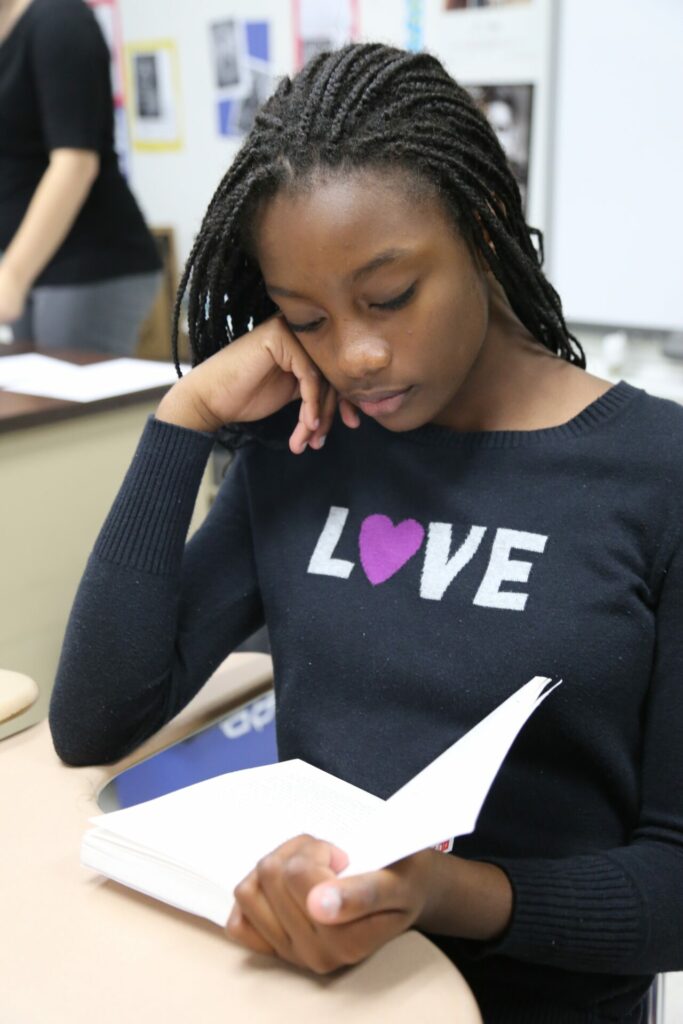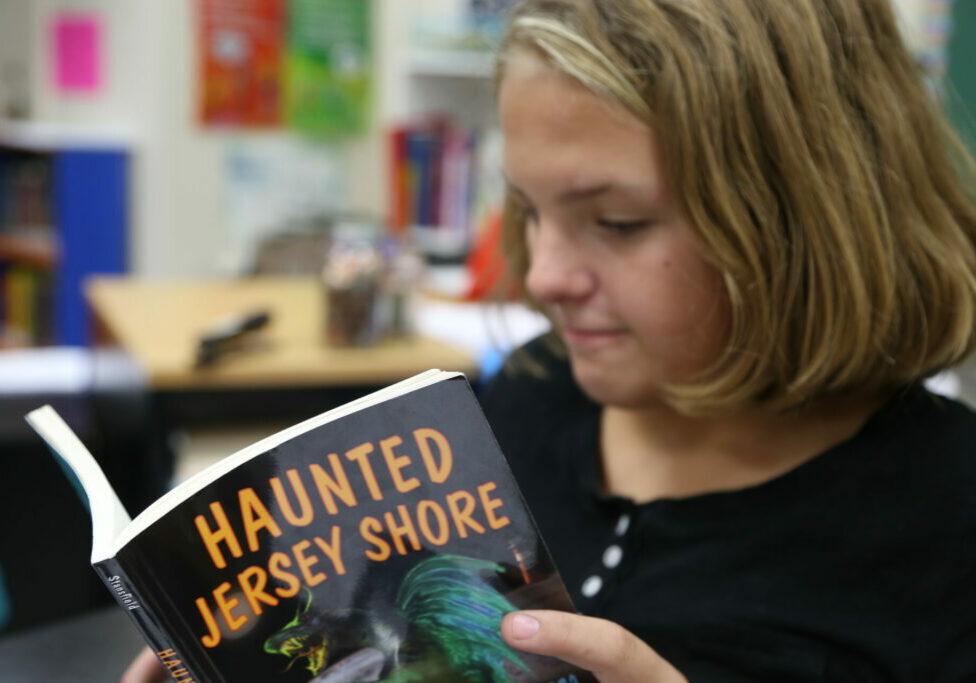Standardized test preparation for today’s teachers
By Maggie Machado
One of most pressing challenges for today’s teachers is preparing students for standardized tests. Though the benefits of such testing are debatable, that schools are pressured to improve test scores is undeniable.
Thus, teachers have resorted to designing assessments based on standardized-test formatting. From formative quizzes to final exams, multiple-choice tests and timed writing assessments dominate countless English departments. The English department in which I student taught gave critical reading assessments, close reading assessments, reading checks, even a 35-question final test for To Kill a Mockingbird, all of which contained primarily multiple choice questions. The ubiquity of standardized-test formatting, however, has not always translated to improved standardized test scores.
Instead, I believe the solution to preparing students for standardized tests is simple and requires far less prepping or grading: low-stakes, choice, independent reading.
Independent reading happens when students read by themselves without interruptions. This builds reading stamina, a crucial skill for standardized ELA testing. Students can read independently at home or in the classroom, but providing time in class is imperative for fostering a habit of reading.
“Choice” refers to allowing students to choose which texts they read—not from a list of options and not from a certain genre or time period or region. No qualifications. Students read what they want to read. In her 2022 doctoral dissertation “Perceptions and Identities of Adolescent Reader: A Mini Ethnographic Case Study,” Rebecca Rose Johnson, Ed.D. explains her finding that allowing students to choose from texts that correspond to their interests increased students’ motivation to read. For students to reap the benefits of independent reading, choice is crucial.
Finally, “low-stakes.” You may have heard this term in relation to “low-stakes testing,” but I use it here to mean ungraded, with no associated assignments. I anticipate this being the most controversial aspect of my proposition, but I need not remind my fellow educators that the love of reading fizzles away as students reach high school, where paradoxically nothing is low-stakes.

Internalizing grammar and mechanics
Frequent reading also builds students’ knowledge of Standard English grammar and mechanics. Have you ever read a word often but never said it aloud, so your mental pronunciation was incorrect? (I pronounced “indictment” phonetically in front of my sophomores, which went over as well as you might imagine.) When students read, they unconsciously internalize spelling and grammar conventions, much like you internalized the spelling (and an incorrect pronunciation) of those words. The more they read, the more skilled students become at recognizing grammar and spelling errors and the more naturally they recall language conventions when writing, both crucial skill sets for standardized-test performance.
And students like reading. During my student teaching, I brought a few dozen books for my sophomores to browse during Halloween. I brought books ranging from elementary scary stories collections to young adult horror novels. I even found a Halloween-themed “MadLibs” book. I devoted about 20 minutes to book browsing and reading, and my students loved it.
“Aw, I remember reading this in middle school,” one student gushed to her friend after picking up Mimi McCoy’s Her Evil Twin.
“There’s no way this is even scary,” said another after picking up David Lubar’s Invasion of the Road Weenies. After I assured him they are as “warped and creepy” as the collection’s subtitle promises, he took it to his desk, flipping through the pages.
One student asked, “This isn’t graded, right? Like there’s no assignment we have to do?” and when I said no, he began to browse and said, “A’ight bet.” My rough translation: “That’s awesome. I’m so excited to read.”
